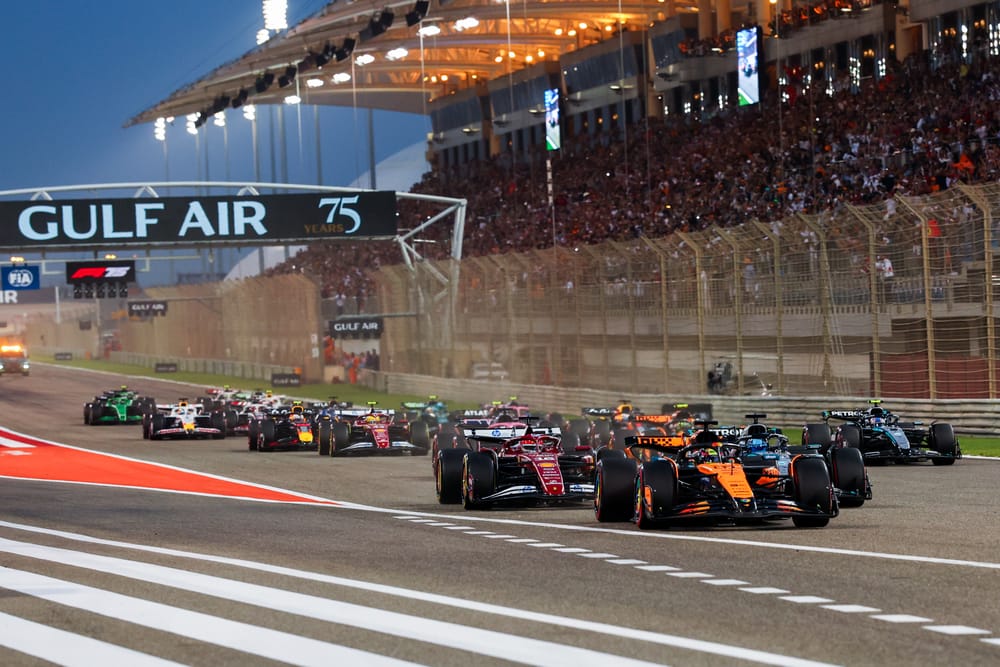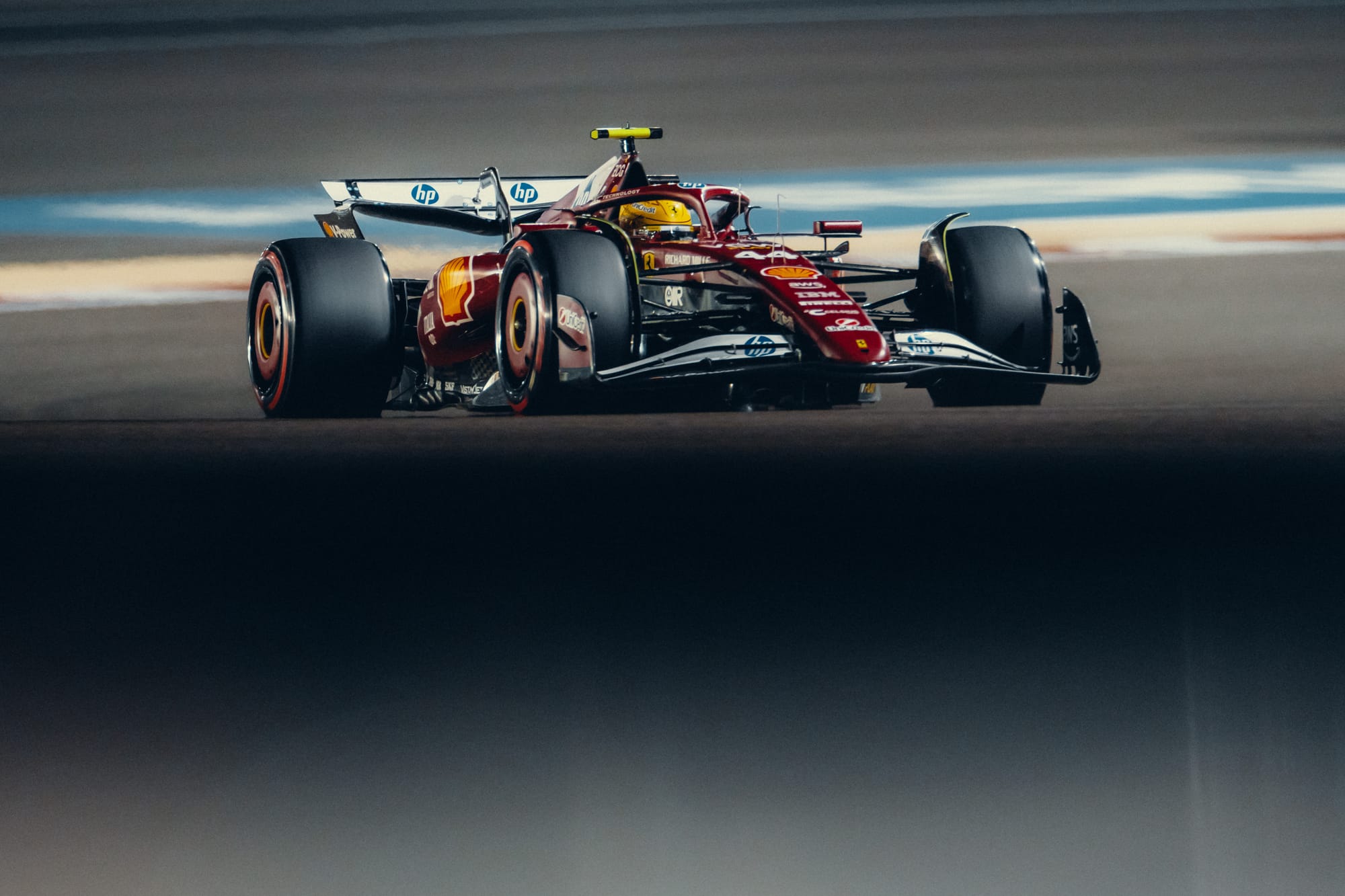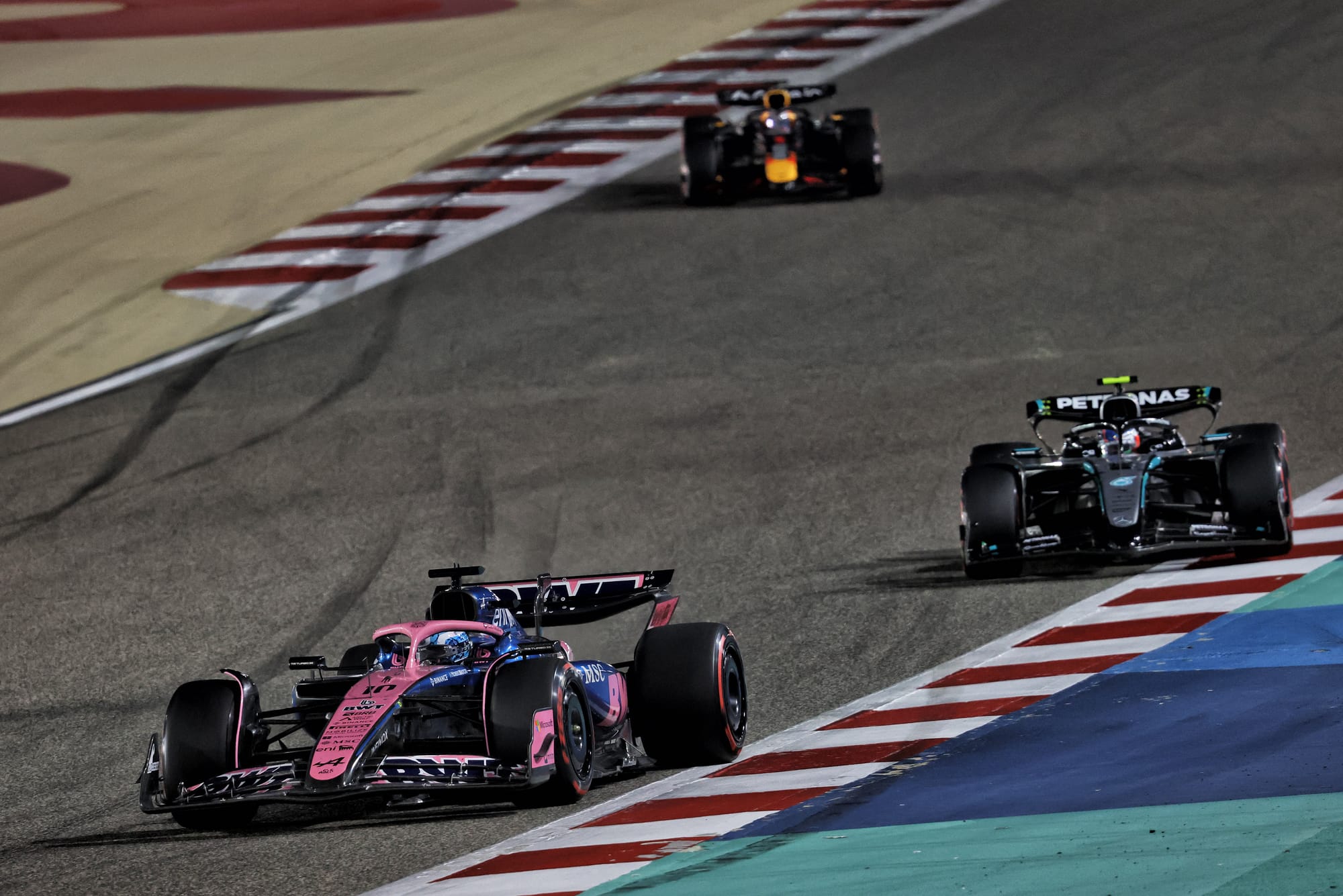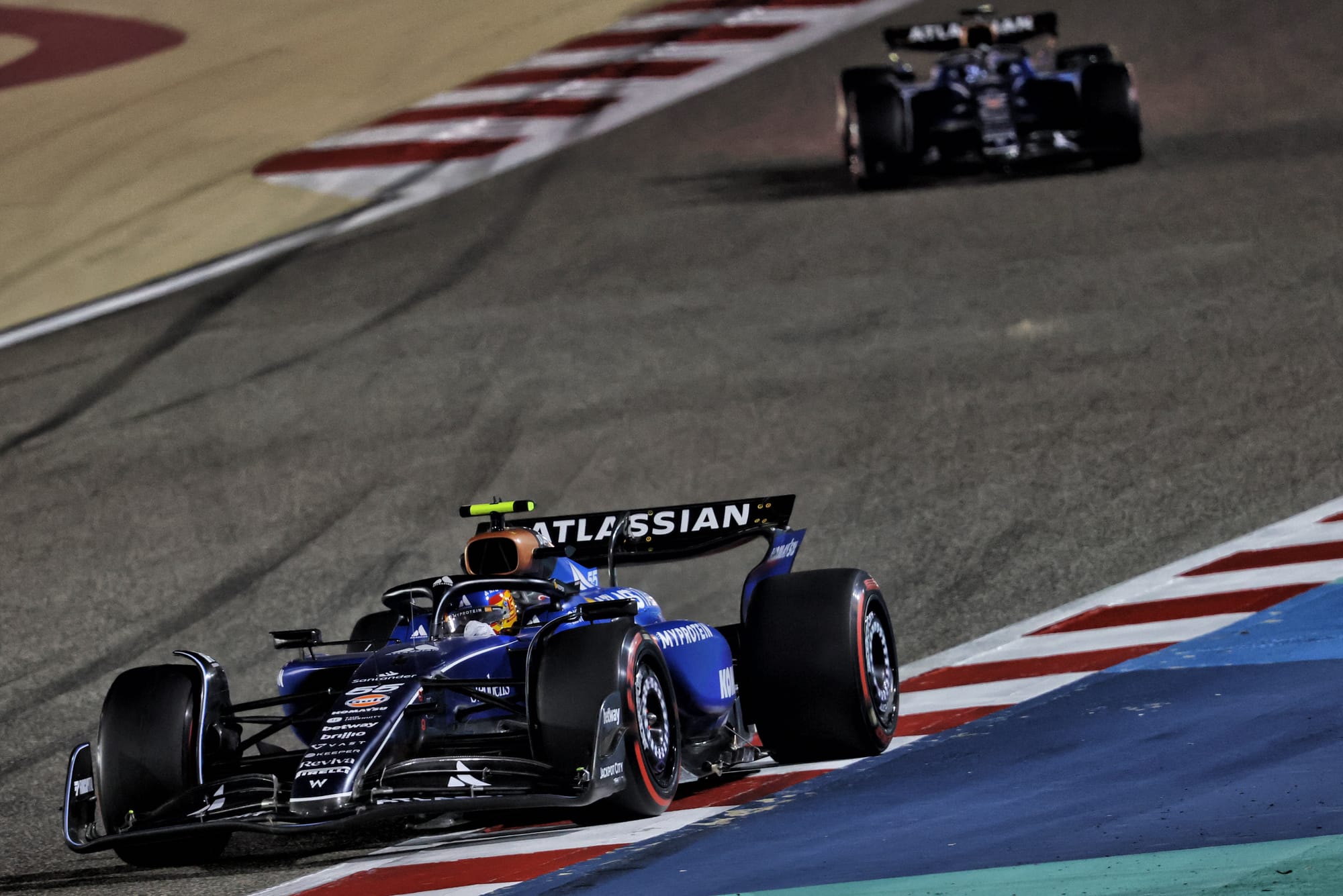The Bahrain Grand Prix exposed some brutal weaknesses in some Formula 1 drivers and teams, including several championship protagonists, while rewarding impressive improvements from others.
Here is everything we learned from F1's return to its pre-season testing venue and how things have moved on.
Undisputed step makes Piastri favourite…
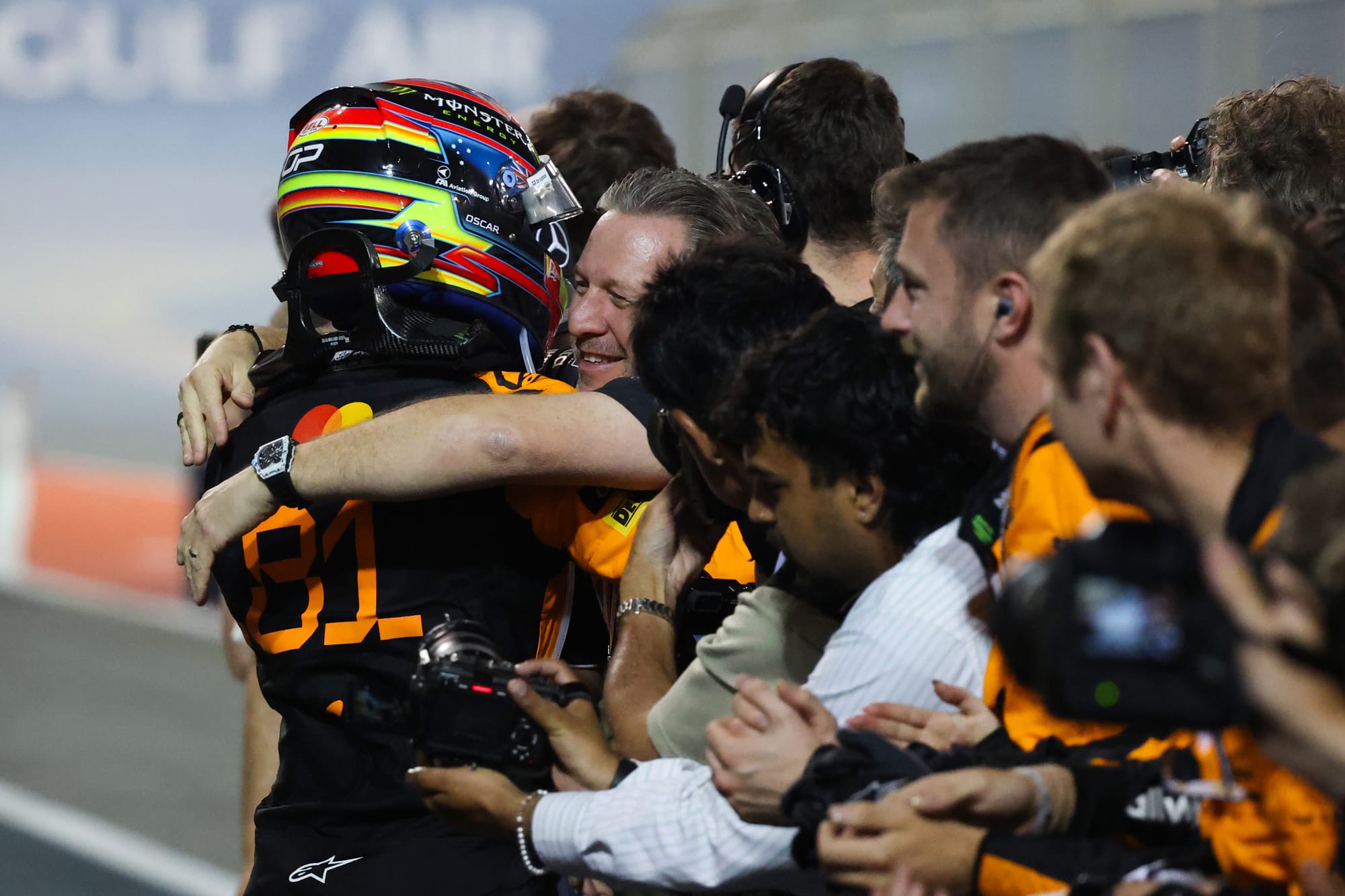
Lando Norris still leads the world championship but the best McLaren driver so far this season has been Oscar Piastri.
Norris was the inverse of his team-mate in Bahrain: slower, more ragged, and less assured than ever.
A podium from sixth on the grid to retain the championship lead is all right on a weekend where Norris really struggled in the car and out of it as well.
McLaren team boss Andrea Stella believes Norris is just in a difficult "phase" that stems from not quite hooking things up naturally at the moment, and backs Norris to come through that by tidying up his own driving and getting a little bit of help from McLaren.
But Norris needed too much help in Bahrain. He admitted: "The car was just mega, and that’s helping me get out of a lot of problems at the minute."
Piastri, by contrast, now has two 2025 wins to Norris's one. And the evidence is overwhelming that he has upped his game from last year and taken a decisive step forwards as a driver in both qualifying and in races.
Yes, the car is very good. And it may even suit Piastri and his style a little better.
But he is performing at a very high level and is not just a championship threat, he is usurping Norris as the favourite.
Red Bull's problems run deep
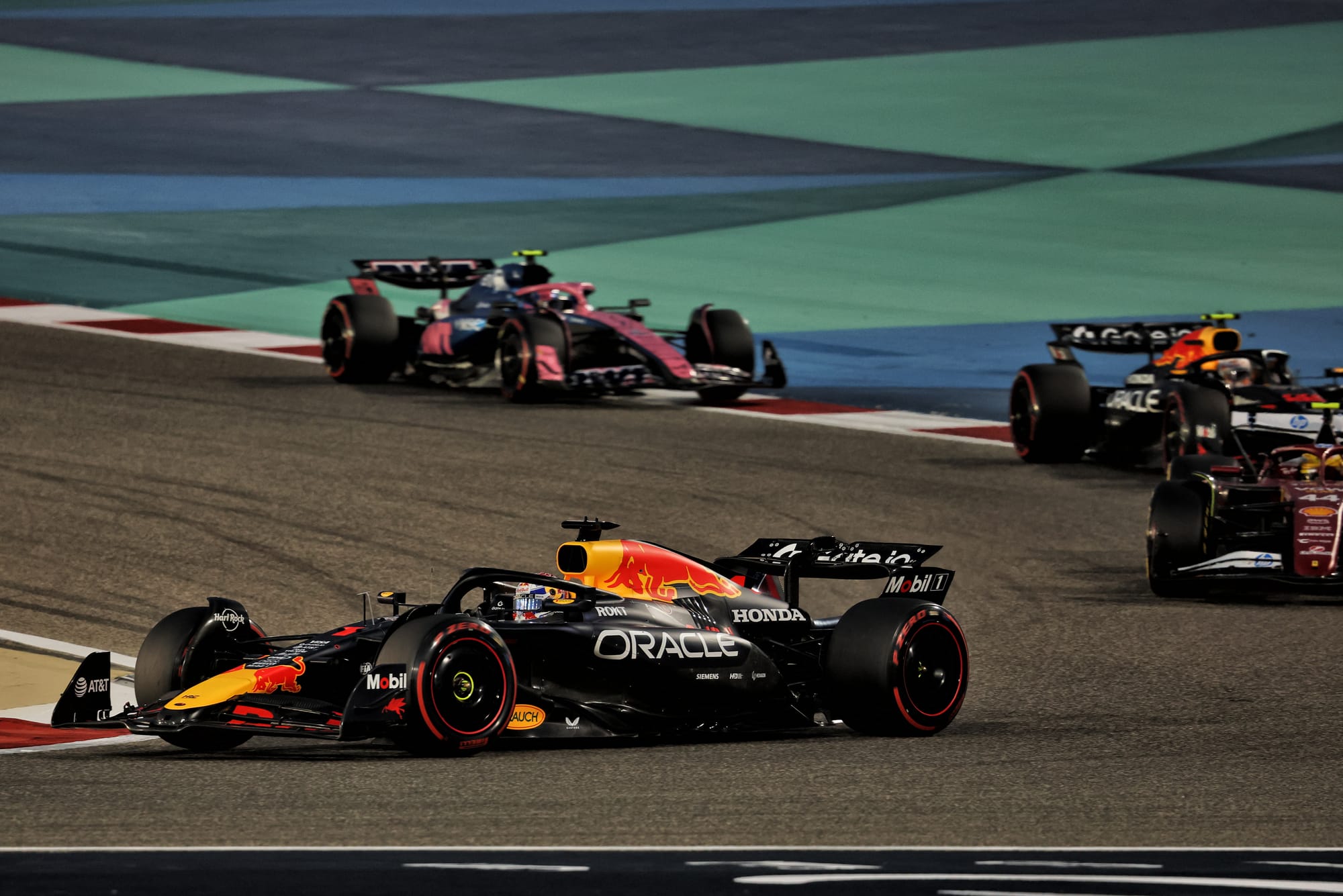
Red Bull's shambolic Bahrain Grand Prix brought the team crashing down to earth just one week on from Max Verstappen's Suzuka triumph.
And it has perfectly highlighted just how much work it still needs to do with its RB21 if it is going to be able to consistently challenge the benchmark McLaren squad.
Some of its Bahrain issues are one-offs, such as the pitstop gantry failure that hurt both Verstappen and Yuki Tsunoda.
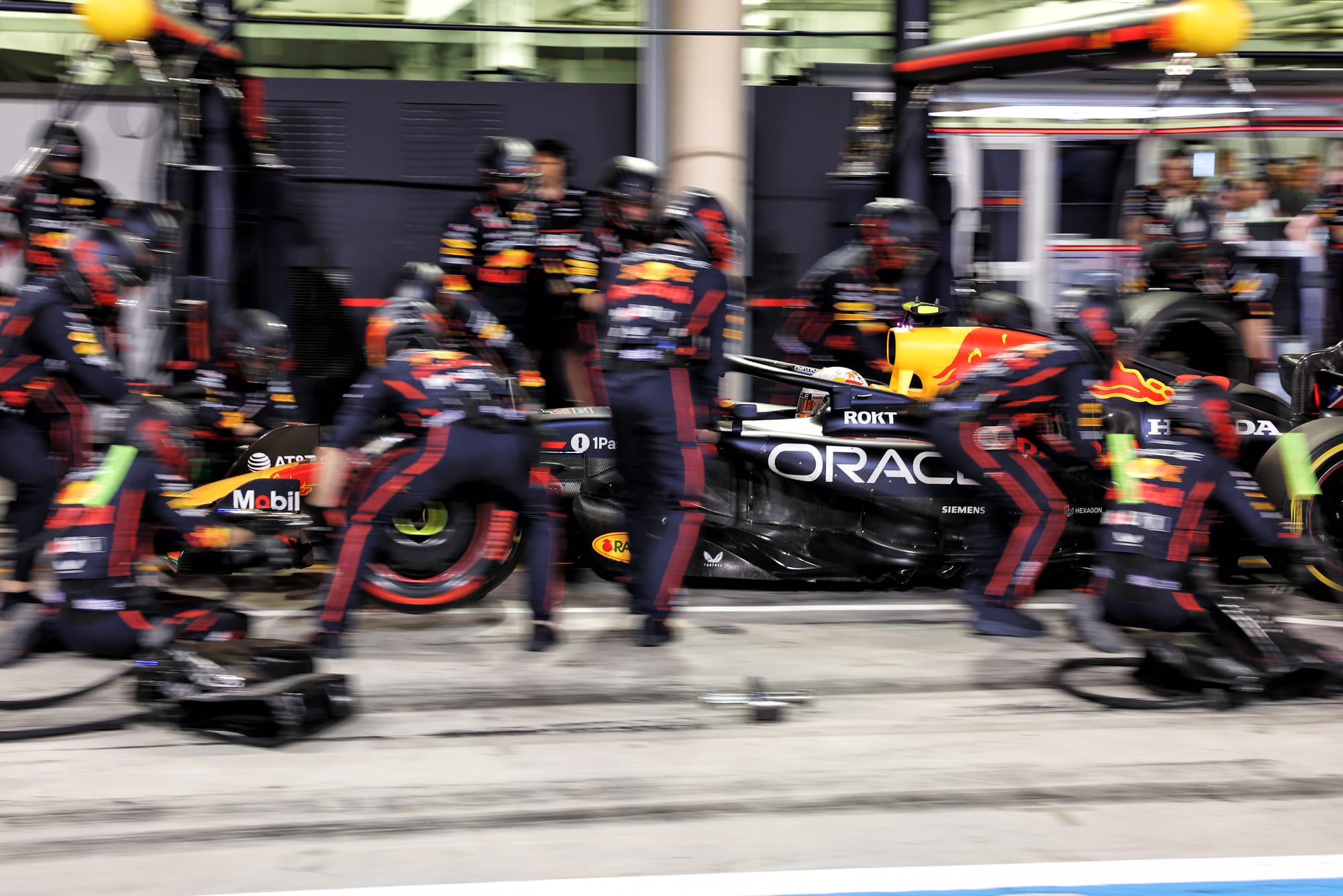
But some of what it suffered from last weekend is not so easy to fix, especially when it comes to getting on top of its difficult 2025 challenger.
While the RB21 has flashes of speed, it is struggling with its through-corner balance - and that means on tracks where tyre temperatures need to be carefully managed it falls out of its narrow operating window.
And when it does that, as Tsunoda pointed out over the weekend, it drops off a cliff.
The issue appears to be mainly aerodynamic and relates to the shift of balance from front to rear as the car changes direction and speed.
But nailing a solution is not easy because the team's windtunnel is not offering it the correlation and consistency it wants for working on such a detailed area.
There is no overnight fix for Red Bull's woes. Its best hope is that the track layouts and tyres on the schedule better-suit its package in the future.
Silver lining but Ferrari's still too slow
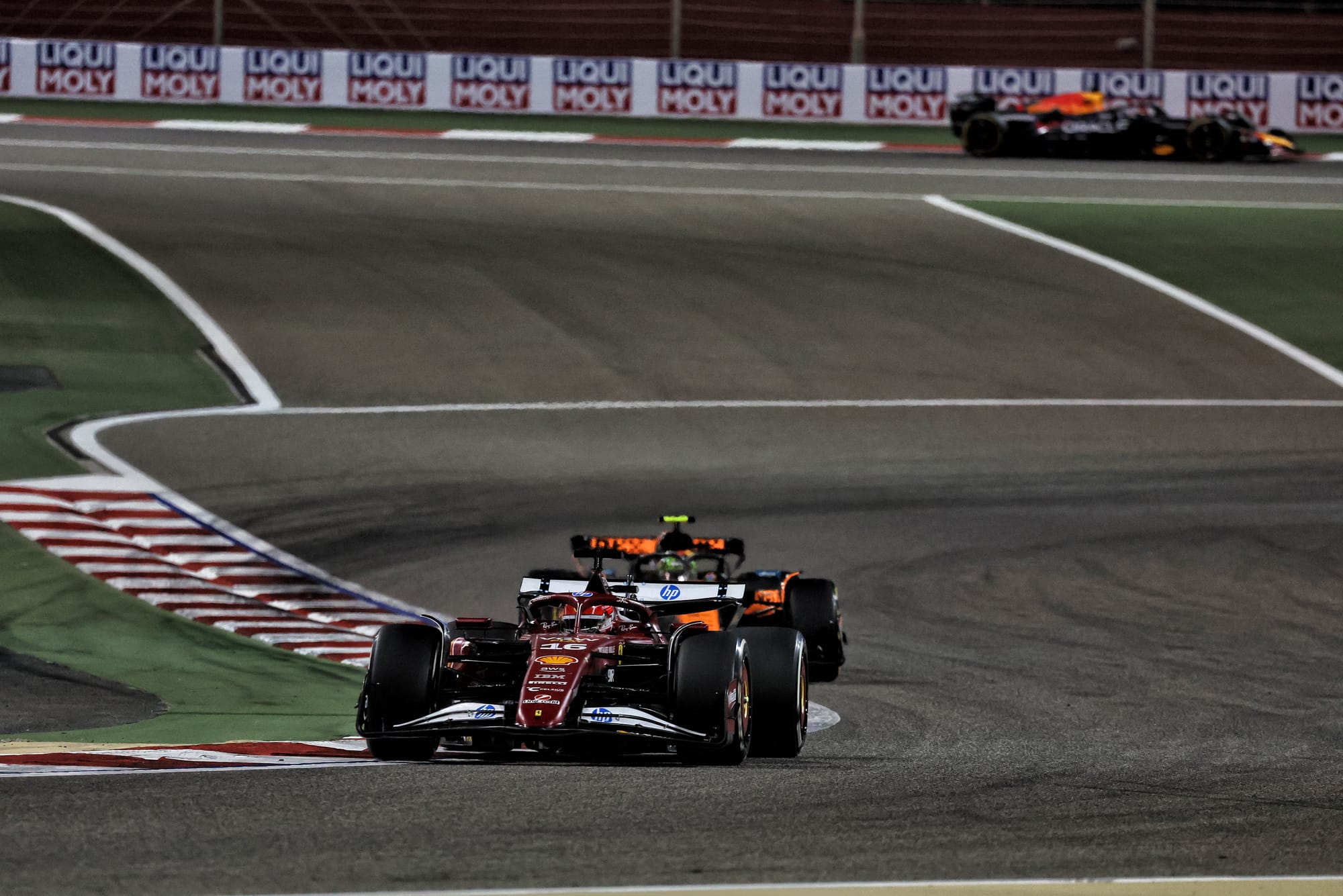
Ferrari has long since come to terms with the fact this season has fallen short of expectations.
"We were disappointed to see we had done a step back at the beginning of the year," Charles Leclerc said in Bahrain.
But having done that, the team had reason to be quietly positive about the Bahrain weekend despite Leclerc and Lewis Hamilton finishing fourth and fifth.
That's because of the introduction of a floor upgrade, combined with set-up progress, that made Leclerc at least feel that he's now able to extract the potential from the car - it's just that it's not fast enough.
"We just need more downforce, more grip," said Leclerc. "[On] the balance we are extracting the maximum."
And while Hamilton cut a dejected figure after a poor qualifying performance, lapping six tenths off Leclerc and clearly struggling for confidence in the faster corners in particular, he was much happier after recovering to fifth in the grand prix, saying he had learned "probably more than all the other weekends" so far.
That's particularly in terms of continuing to adapt to the demands of the Ferrari and understand how Leclerc, who has talked of conducting "extreme" set-up experiments.
Ferrari still has a long way to go before it has the speed to challenge for wins on merit - but at least there are signs of progress.
Russell had even more tech issues than thought

George Russell's metronomic start to the season hit a new peak in Bahrain with a result that was even harder to secure than it looked.
It was no secret during the race that things were going a little awry for the Mercedes driver, with messages about a potential dash display shutdown and accidental DRS misuse as a result of an unusual electronics problem.
These were frustrating inconveniences, especially as Russell had a faster McLaren and probably a faster Ferrari chasing him, even if they didn't tangibly threaten his result. But a brake-by-wire failure that occurred, and resulted in shifting brake pressure, did.
"It was exceptionally difficult towards the end," said Russell. "I had all sorts of problems with the car. The steering wheel, I was losing all my data and the brake pedal went into a failure mode, so I had to do all these resets.
"One minute the brakes were working properly, the next they weren't. So I was pretty pleased when I saw the chequered flag, to be honest."
To manage that as effectively as he did, team boss Toto Wolff said, was "amazing". And it was another sign of Russell's evolution into one of F1's very best drivers.
Alpine potential wasn't a mirage
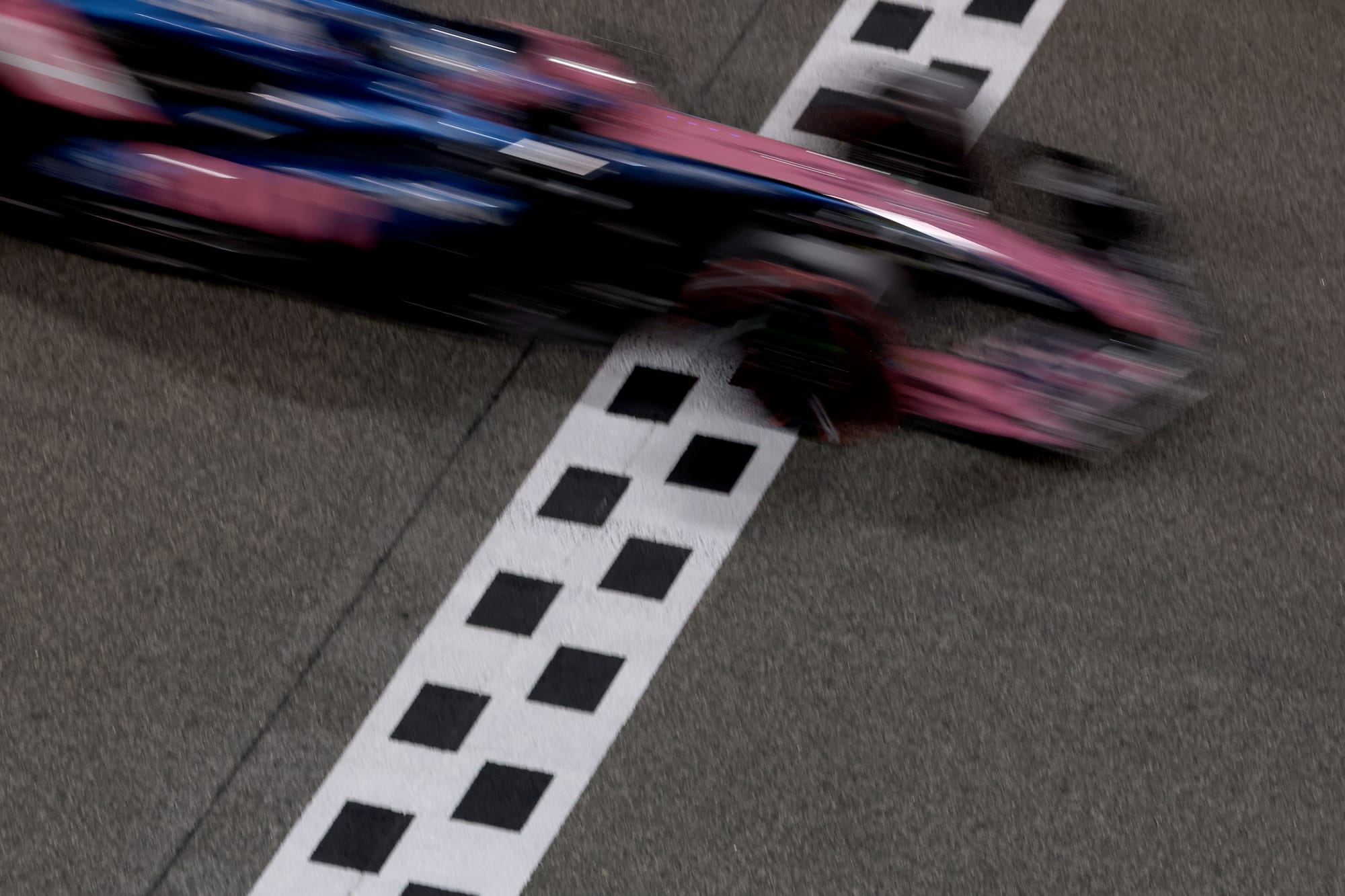
The Alpine looked like a potential midfield leader in pre-season testing. The Race ranked it sixth best, and vying with Williams for 'best of the rest'.
That appeared to have been an illusion across the point-less first three races of the season, but in Bahrain the form returned.
Pierre Gasly finished seventh after setting the fifth-fastest time in qualifying, and only lost sixth place to Verstappen on the last lap. And while Gasly said after the race that the team needs answers on why it was so quick, there have been signs of speed in previous events.
In Australia, the car was fast enough for Q3 and Gasly would have scored without the late-race return of rain, but in China and in particular Japan the power unit deficit was telling. At Suzuka, especially, it wasn't just the power disadvantage, but also the relative weakness in harvesting electrical energy at a track where only 11% of the lap is spent on the brakes - the least of the whole season.
In Bahrain, the Alpine proved rapid in the faster corners and was decent on traction off the slow ones.
And while the cooler conditions of Sunday night compared to qualifying meant a potential tyre degradation weakness wasn't exposed, the performance shows Alpine really is a midfield threat.
Even rookie Jack Doohan spent a significant proportion of the race in the points before sliding back while struggling on the hards in the final stint - and should now have until around the middle of the season to secure his seat longer term.
Tsunoda doesn't understand 'half' of his Red Bull
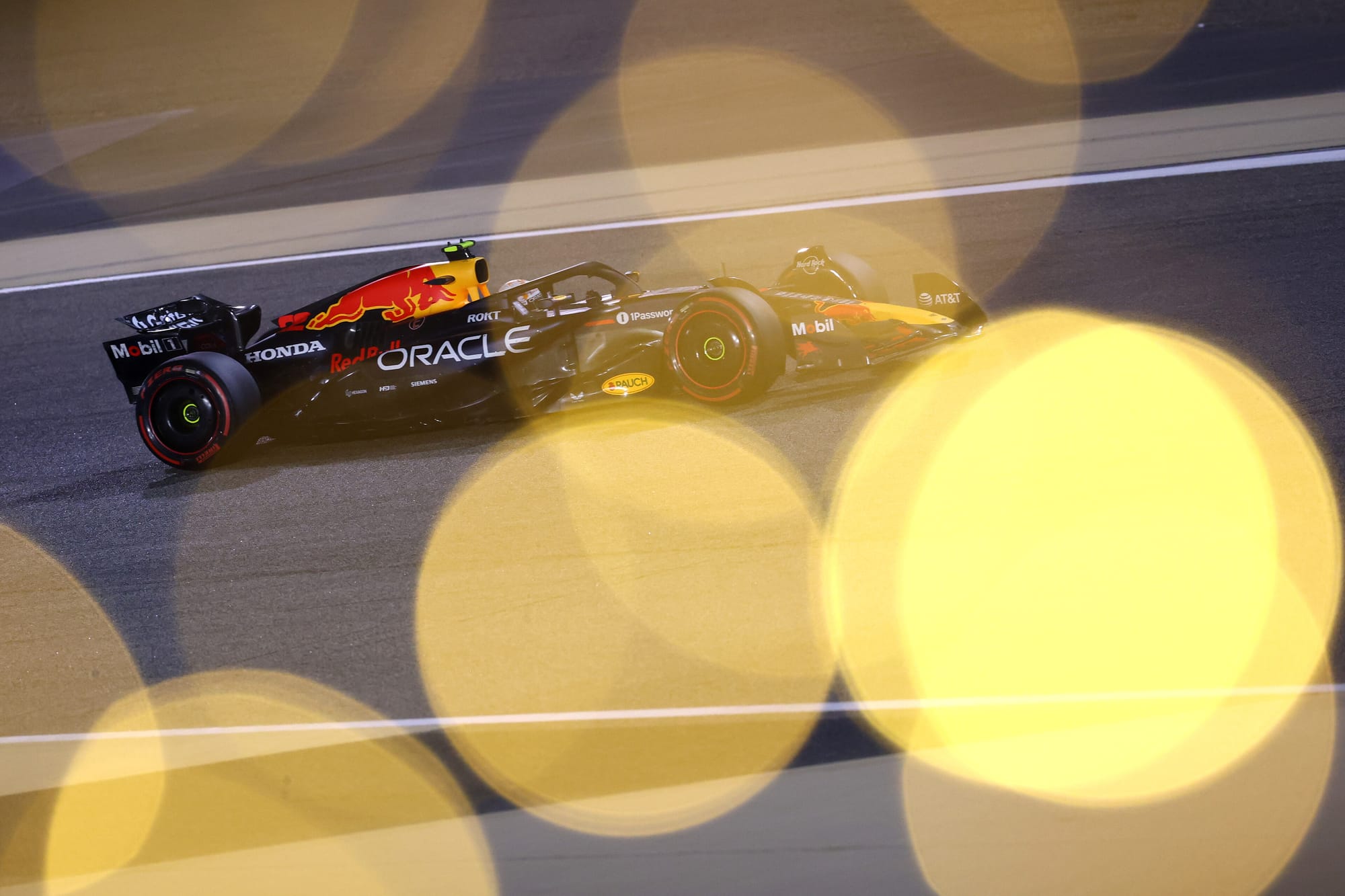
Tsunoda ticked off two objectives on his second outing for Red Bull Racing, reaching Q3 and then finishing ninth in Bahrain. But it was in many ways a more difficult weekend for him than Suzuka was and he admitted he has a long way to go before he fully understands the capricious Red Bull RB21.
While he remains confident behind the wheel, it's all about understanding how to keep the car in the narrow operating window it demands. By comparison, the Racing Bulls VCARB 02 he started the season in had a far wider window.
That means significant work is being put into adapting to the very different way Red Bull works on tyre preparation in qualifying, relying more on the driver's input than the more prescriptive approach of Racing Bulls. He's also working on understanding how to anticipate the balance shifts of the car.
Tsunoda struggled with the same problems as Verstappen in Bahrain, and while he was slower that is a positive because unlike his predecessor Lawson he is working with it.
And that means understanding is everything. Tsunoda said he is "not understanding this car, even half [of] the thing", which means there is still plenty of potential for improvement after his quietly promising start.
Alonso will struggle to end point-less run
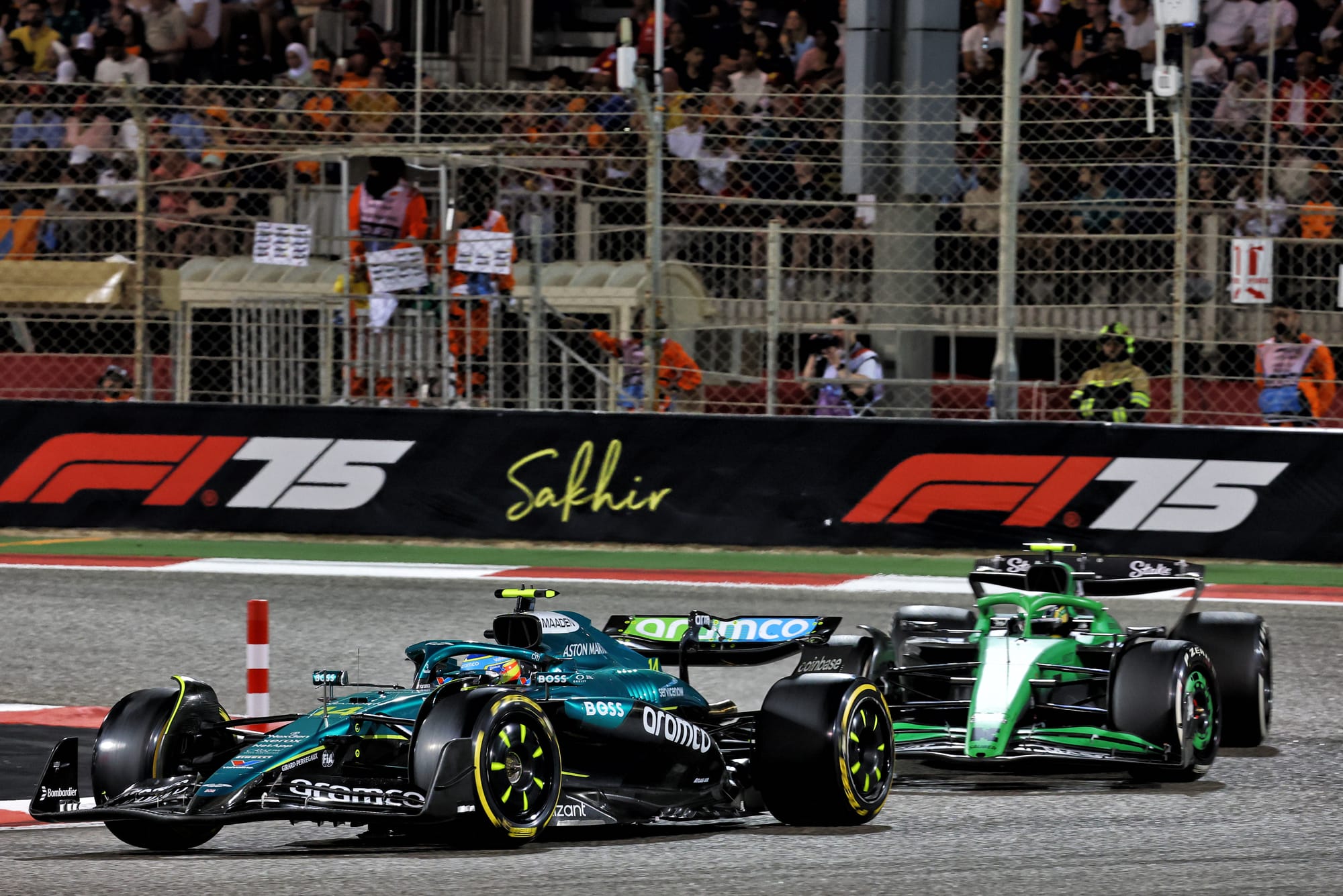
Four drivers are yet to score points this season. Three are full season rookies. And then there's Fernando Alonso.
The two-time F1 world champion is famed for his ability to wrestle a good result from the most stubborn of cars but even he is struggling to do much with this Aston Martin.
While team-mate Lance Stroll took advantage of circumstances to score points in Australia and China, it's hard to see Aston doing that on pure performance at the moment.
The car's tailwind weakness was badly exposed in Japan and in Bahrain its low-speed troubles were a killer. But it's also just not quite as good as other midfield teams anywhere - even its strong points at high-speed are lacking a little compared to, say, Alpine.
It should be better in Saudi Arabia this week, so maybe some Alonso magic will offer an immediate reprieve. But as he put it: "Scoring points seems difficult this year.
"There is always Haas, Williams, Racing Bulls, a little bit ahead of us as well.
"So you quickly are the seventh or eighth team, and in those positions you cannot score points unless you are very, very lucky."
FIA policing still needs beefing up

The FIA has made some great progress in improving its race control systems to make its monitoring of things more efficient and robust - off the back of investment in technology, staff, and even some AI.
But nothing is infallible and F1 often has a habit of throwing some curveballs when it comes to delivering circumstances that can challenge automatic systems or even the best laid plans of mice and men.
Qualifying highlighted this when, for all the efforts the FIA has made in getting its track limits monitoring improved, a small indiscretion from Nico Hulkenberg slipped through the net and opened the door for a bizarre turn of events.
The FIA systems had missed his Turn 11 off track moment initially and, by the time it had been alerted to it and ruled that his time should be deleted, the Sauber driver had already been through to (and eliminated from) Q2 - when in reality it should have been Alex Albon instead.
It was a similar story in the race when systems should have detected Carlos Sainz serving a 10-second penalty for pushing Kimi Antonelli off track. They didn't.
So, when he retired, the stewards initially handed him a grid penalty for the next race before looking back at what really happened and realising he had served it so they need to rescind his sanction.
The FIA put its hand up and admitted that it got both things wrong, and that means a tweak to processes going forward to ensure there is no repeat in the future.
Racing isn't horrendous in right situation
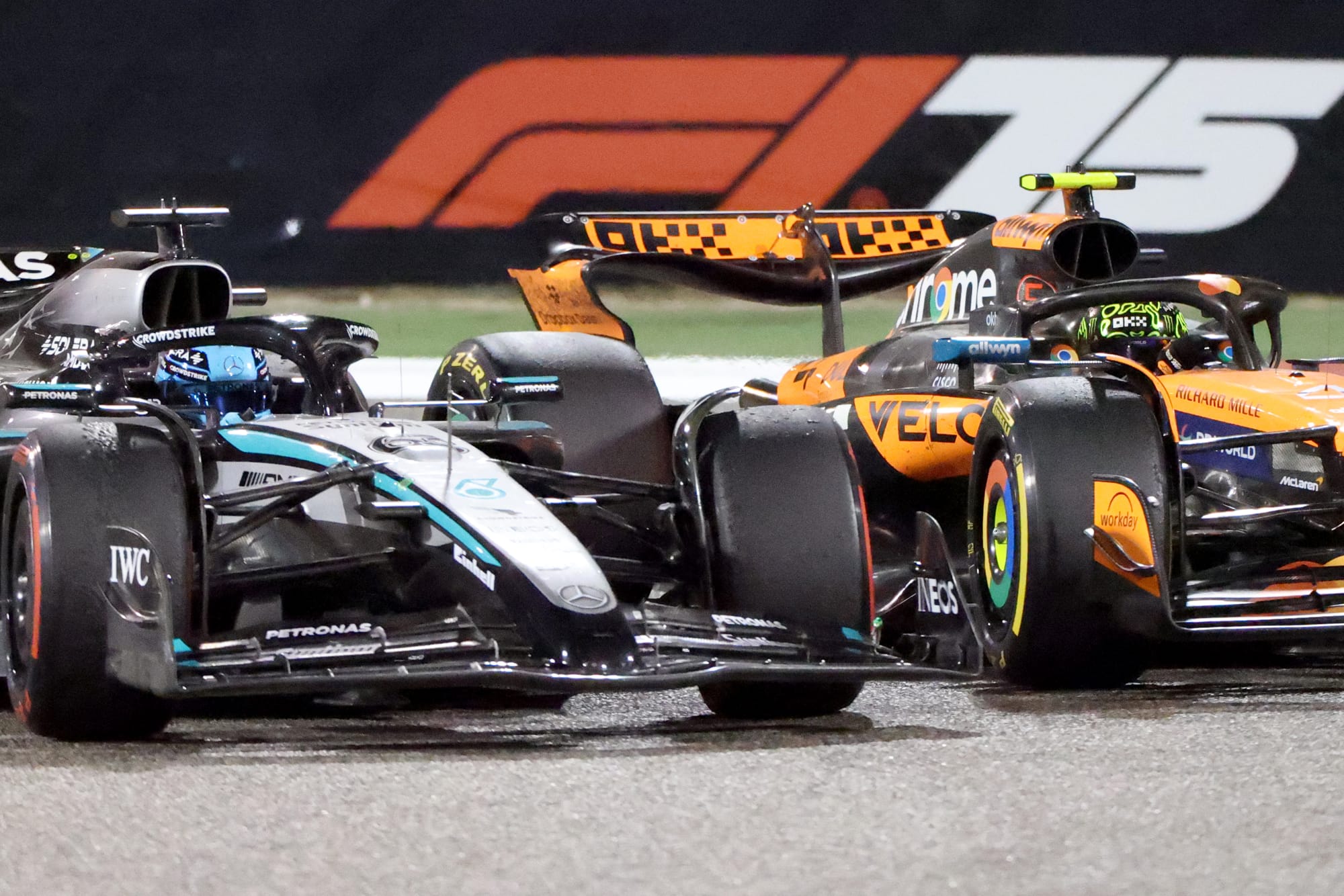
The decent battles at the Bahrain GP served as a good antidote to those who were saying after Japan that F1 faced a dirty-air crisis with cars unable to race each other.
Some decent strategy variation, fun overtakes and plenty of intrigue showed that, when there is an element of tyre degradation, F1's current cars can still deliver a decent show.
With Pirelli eager to do more to ensure that tyres are more of a challenge in the next races - with softer compounds having been fixed in - the hope is very much that the F1 spectacle is much more like it was in Bahrain than how things played out in Japan.
For while zero-degradation tyres are great fun for drivers because they can push harder and more to the limit, they do not deliver good racing action or open the door for many overtakes, especially when things are so close at the front of the field.
Most improved car might not be that improved after all
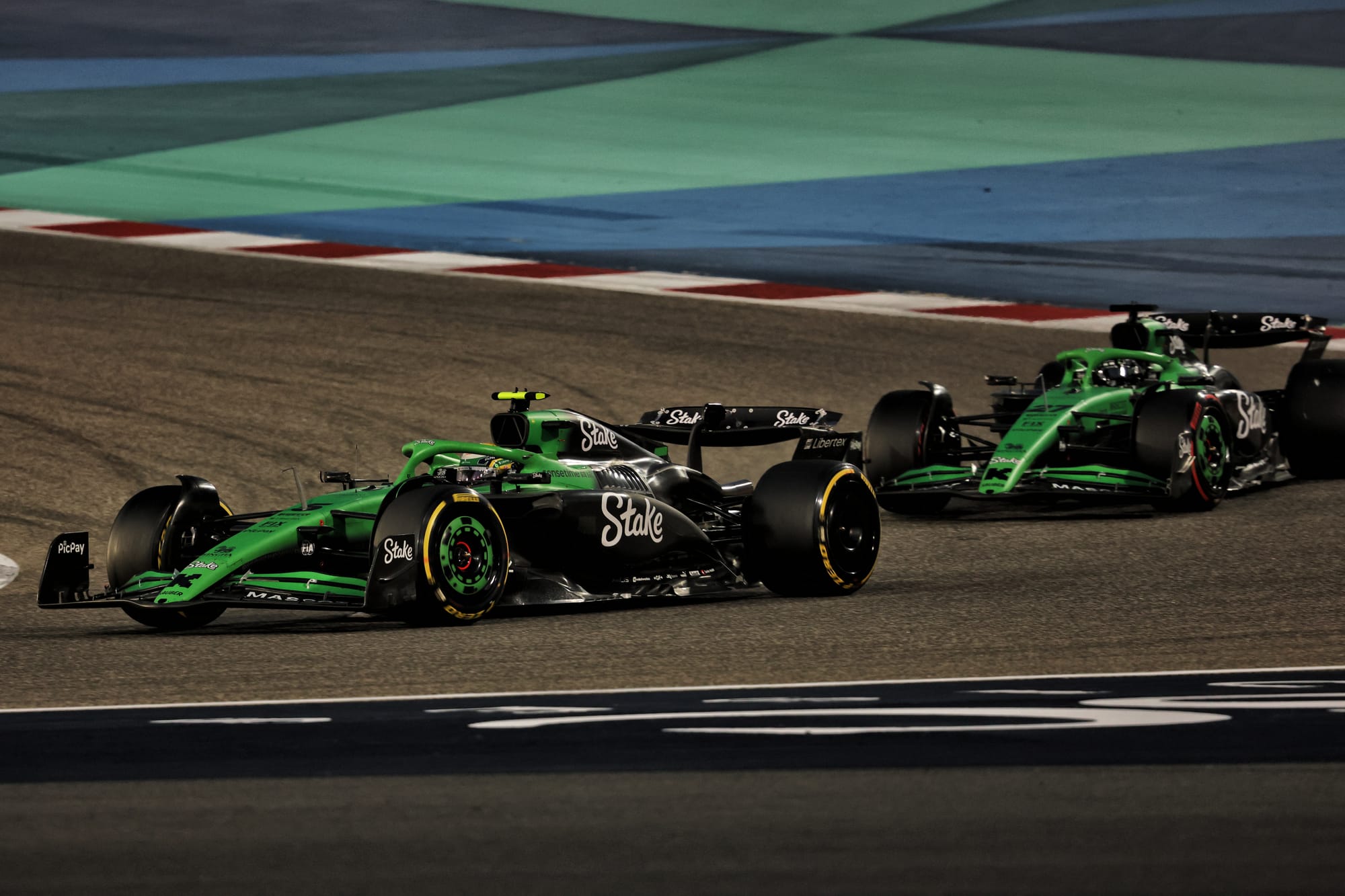
From trackside, the contrast in the Sauber between pre-season testing and the race weekend was clear. It looked like the most improved car dynamically. The trouble is that that's simply upgraded it from 'terrible' to still being bad.
While the team believes progress has been made, Gabriel Bortoleto scoffed at The Race's suggestion that at least there had been some progress since testing.
"I'm not sure about that," said Bortoleto. "It's basically the same car so it seems very similar."
And you can't blame him. While the Sauber is brisk enough to reach Q2, in the races the car is tricky. The drivers have both complained about how bad the car is in dirty air, making first laps a nightmare.
That points to a car that's not especially stable aerodynamically at the best of times and is therefore more prone to suffering in turbulence. That's a concern, and isn't a characteristic that can necessarily be dialled out just by adding downforce.
Australia aside, where luck with the timing of a pitstop when the rain returned catapulted Nico Hulkenberg to a seventh place in a race that he was otherwise destined not to score in, the Sauber is OK in qualifying, but bad in race trim.
What's happening with F1's engines
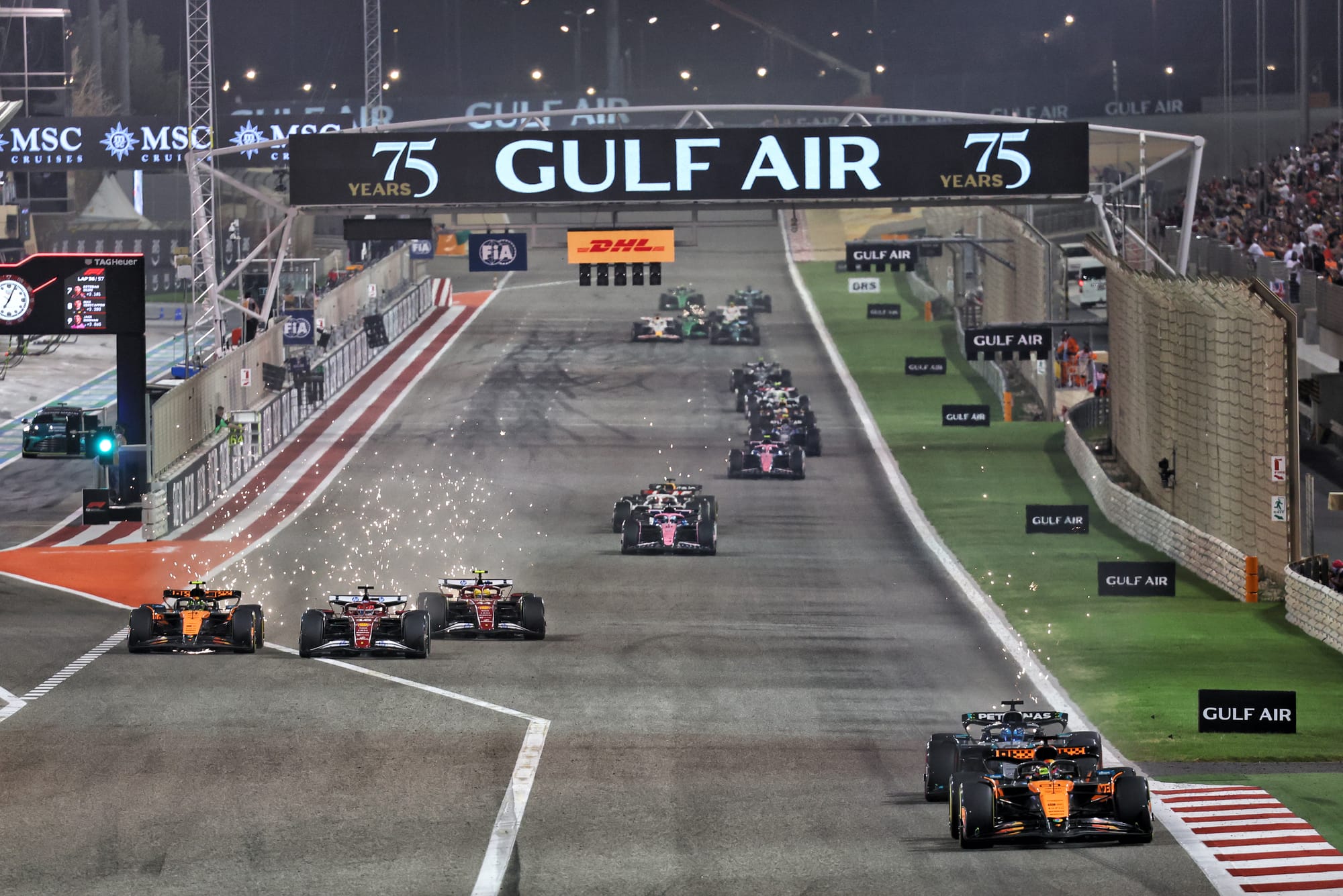
F1's biggest off-track story in Bahrain was the engine summit held on Friday that the FIA invited all the manufacturers to.
The outcome did not deliver any particular surprises, apart from reiterating full commitment to the new 2026 rules with some concessions to help ensure performance gaps are closed up and the racing does not suffer too much.
But while any switch to V10 engines run on fully sustainable fuel was kicked down the road to be decided on at a future date, the prospect of a change to something more old-school and simpler remains on the table.
The plan is to see what the reality of the 2026 rules are at the start of next year, and that will dictate the roadmap for the next rules cycle.
If things are bad then the push will be to bring in a V10 or V8 as early as 2029, probably with a smaller hybrid element and sustainable fuel - otherwise the whole engine rules cycle could play out until the end of 2030 as planned.


